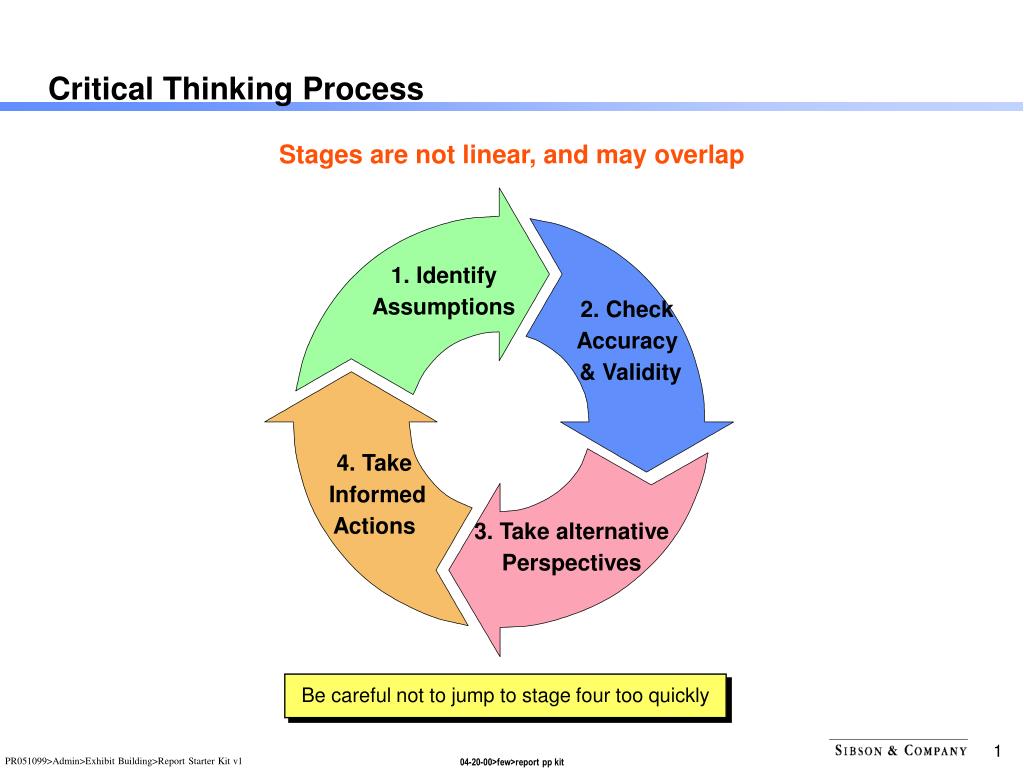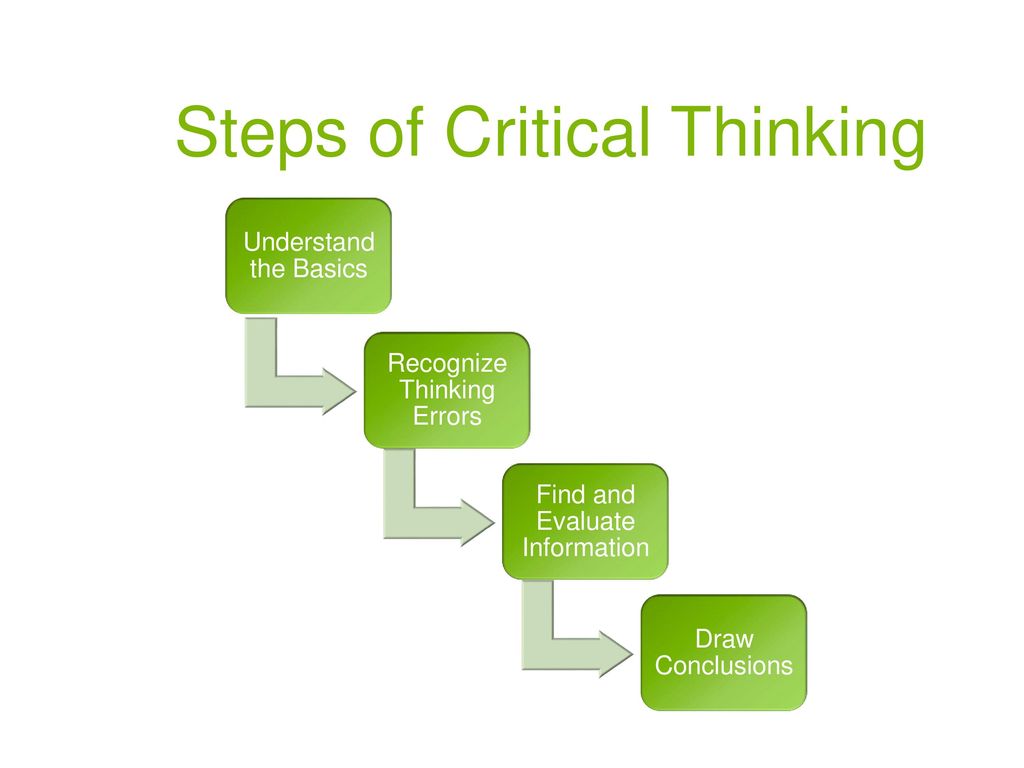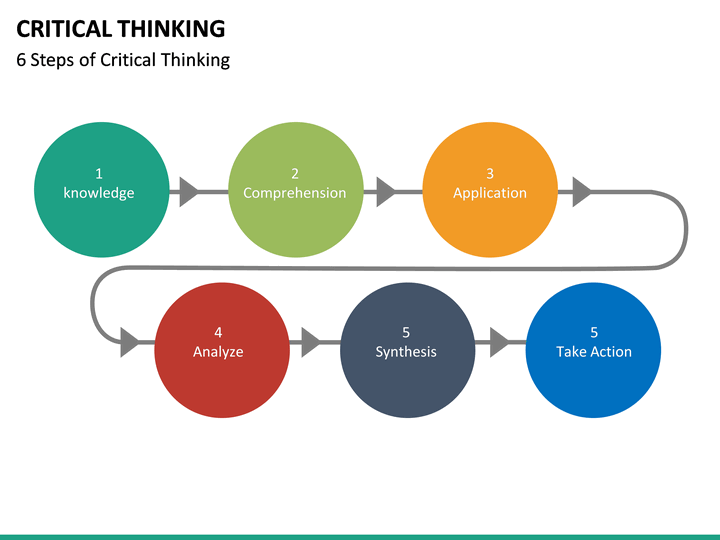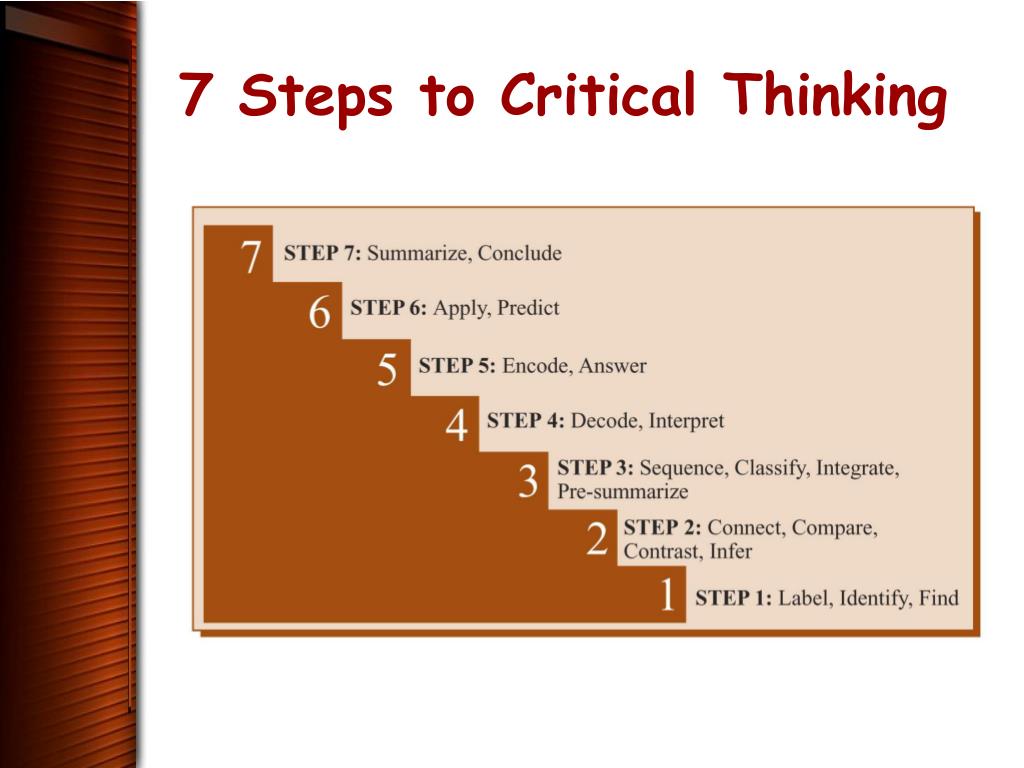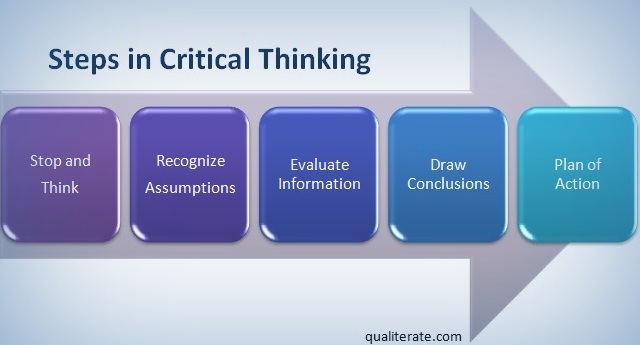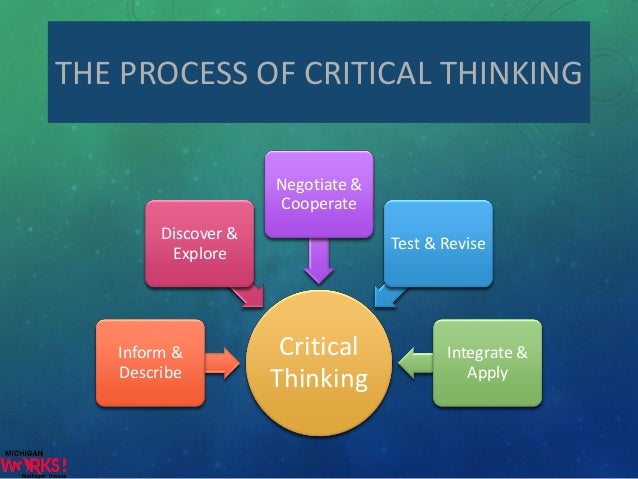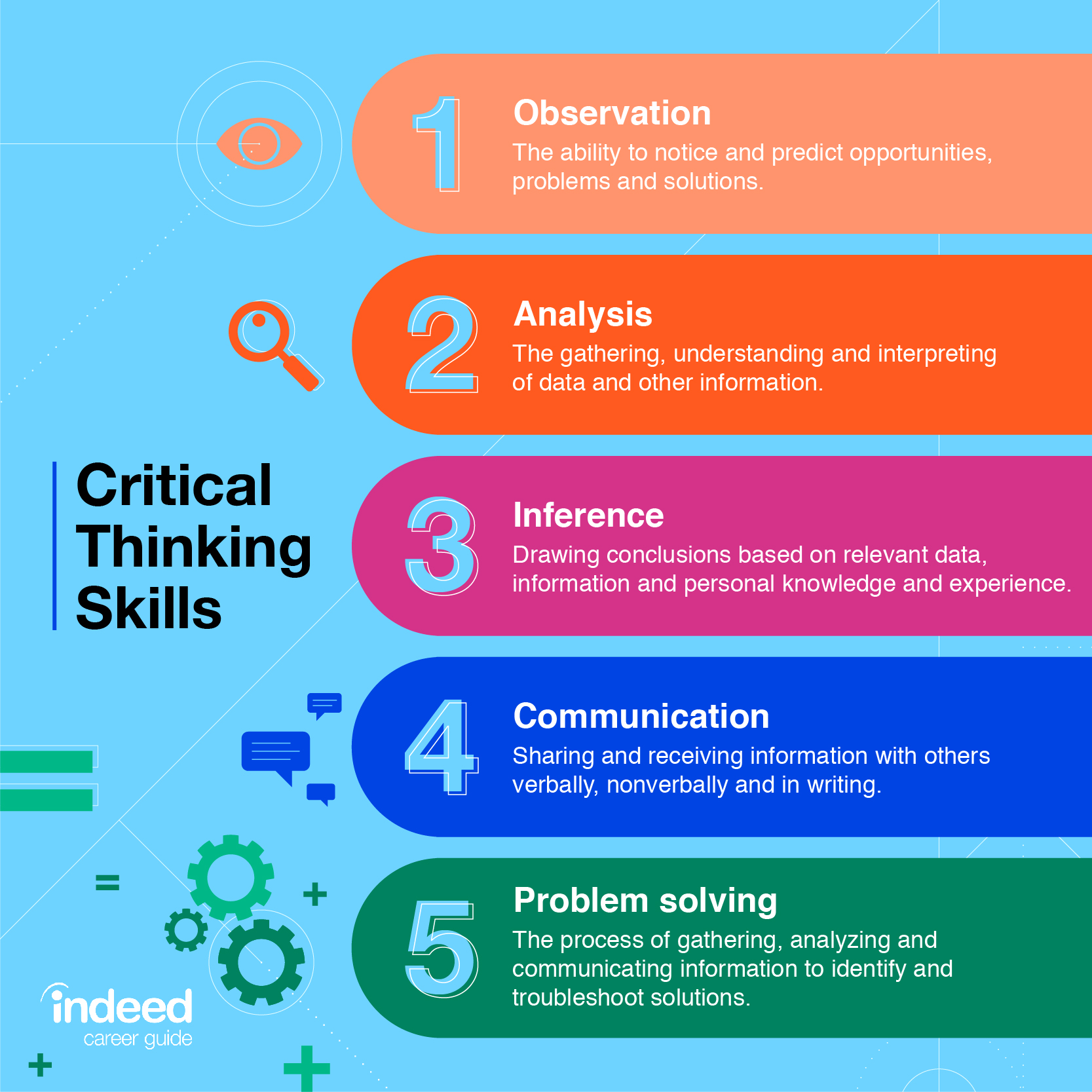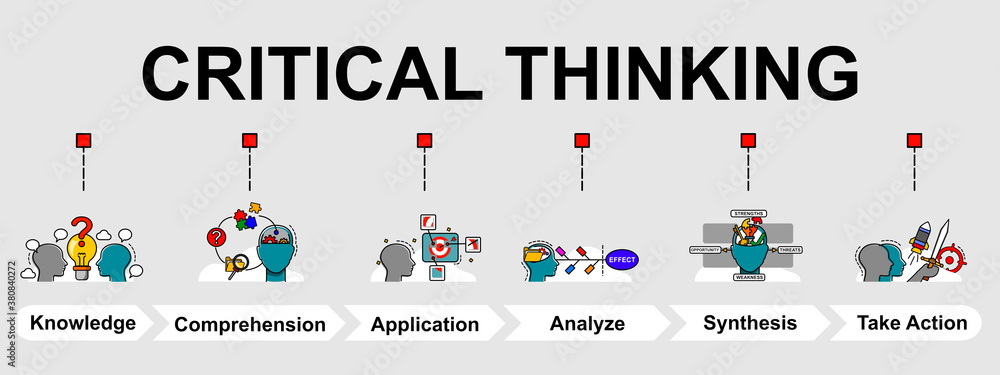Steps In The Critical Thinking Process
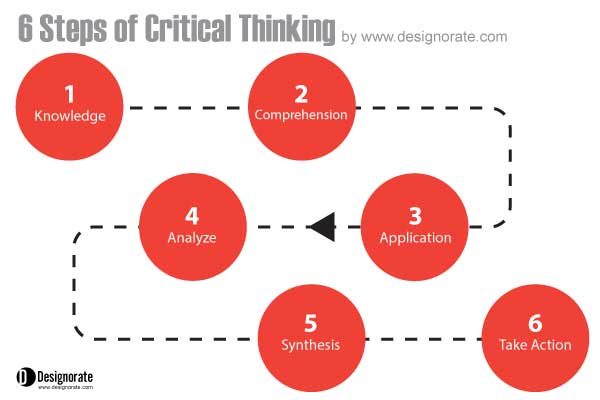
In an era saturated with information and complex challenges, the ability to think critically is becoming increasingly essential for individuals and organizations alike. Mastering this skill is not innate, rather it's a learned process involving several key steps.
At its core, critical thinking involves objectively analyzing and evaluating information to form a judgment. Understanding these steps provides a framework for approaching problems, making decisions, and navigating the complexities of modern life.
Understanding the Core Steps
The critical thinking process is often described as a series of interconnected stages. While different models exist, they share fundamental components, providing a structured approach to reasoning.
1. Identification
The initial step involves identifying the problem or question at hand. This requires clearly defining the issue and recognizing its scope. Precise identification allows for a focused and effective analysis.
For example, a business leader might identify a decline in sales as the problem that needs addressing. Without clear identification, efforts can be misdirected.
2. Research
After identifying the problem, it's crucial to gather relevant information. This involves conducting research from credible sources to understand the issue's background, context, and potential causes.
Information gathering can involve data analysis, literature review, and consulting with experts. Thorough research strengthens the foundation for informed decision-making.
3. Analysis
The analysis stage involves breaking down the gathered information into smaller, manageable components. This includes examining the data, identifying patterns, and evaluating the evidence presented.
Tools like SWOT analysis (Strengths, Weaknesses, Opportunities, Threats) or cause-and-effect diagrams can be useful. A careful analysis helps to identify biases and assumptions that may cloud judgment.
4. Interpretation
Interpretation focuses on understanding the meaning and significance of the analyzed information. This involves drawing conclusions based on the evidence and considering different perspectives.
It's important to consider the implications of the findings and how they relate to the original problem. Effective interpretation leads to insightful conclusions.
5. Evaluation
Evaluation is the stage where the evidence and interpretations are rigorously assessed. This involves determining the credibility of sources, identifying potential flaws in reasoning, and considering alternative explanations.
It’s during this step that assumptions are challenged and conclusions are scrutinized. A robust evaluation strengthens the validity of the final judgment.
6. Inference
Inference involves drawing logical conclusions based on the evaluated evidence. This step requires considering potential consequences and weighing the pros and cons of different solutions.
Inferences should be supported by evidence and consistent with the overall analysis. Reasoned inferences are essential for making sound decisions.
7. Explanation
Explanation involves clearly and concisely communicating the reasoning behind the chosen conclusion or course of action. This requires articulating the evidence, assumptions, and potential implications.
A well-articulated explanation ensures that the decision-making process is transparent and understandable. Clarity is key to effective communication.
8. Self-Regulation
The final step involves reflecting on the critical thinking process itself and identifying areas for improvement. This includes assessing the effectiveness of the strategies used and recognizing any biases that may have influenced the analysis.
Self-regulation is a continuous process of refinement and improvement. It fosters adaptability and promotes more effective critical thinking in the future.
The Impact of Critical Thinking
The ability to think critically benefits individuals and society in numerous ways. From personal decision-making to professional problem-solving, it enhances overall competence and effectiveness.
In a professional setting, critical thinkers are better equipped to analyze complex situations, identify potential risks, and develop innovative solutions. Effective critical thinking leads to better outcomes.
Moreover, critical thinking skills are essential for informed citizenship. Citizens who can critically evaluate information are less susceptible to misinformation and better able to participate in democratic processes.
Conclusion
Mastering the steps in the critical thinking process is a lifelong journey. By embracing these steps, individuals can become more effective problem-solvers, decision-makers, and engaged citizens.
Continuous practice and self-reflection are essential for honing these skills. The ability to think critically is an invaluable asset in navigating the complexities of the modern world.
